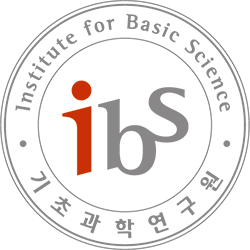Dennis Wong, Generating Gray codes and universal cycles for weak orders
Room B232 IBS (기초과학연구원)A weak order is a way to rank n objects where ties are allowed. Weak orders have applications in diverse areas such as linguistics, designing combination locks, and even in horse racing. In this talk, we present new and simple algorithms to generate Gray codes and universal cycles for weak orders.

